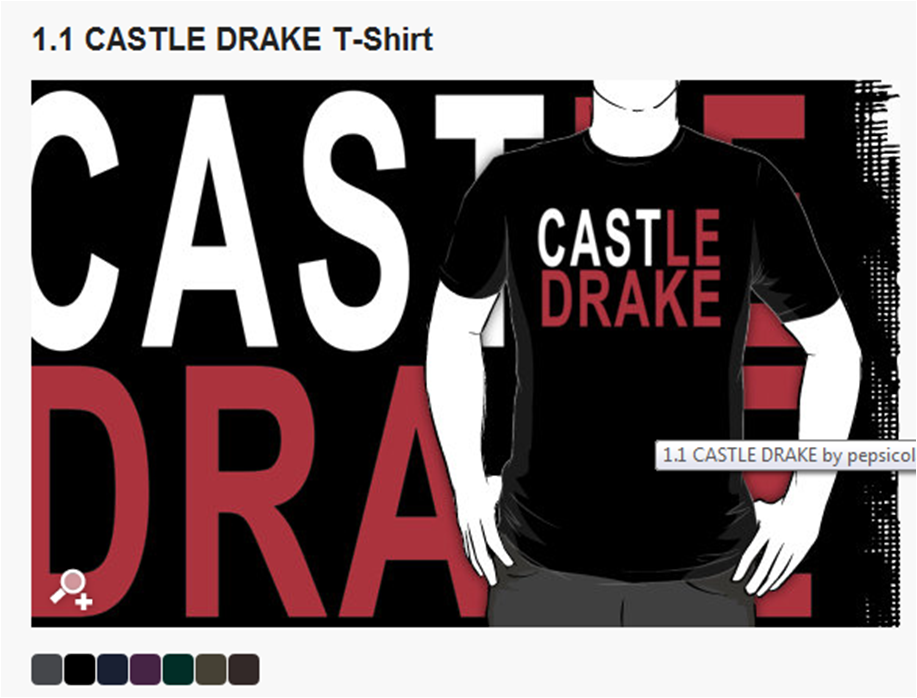Whilst it may not be readily apparent today, Real Time Strategy (RTS) was once the staple diet of any gaming lifestyle and the backbone of a much stronger PC gaming industry. But significant improvements in other genres, combined with the difficulty in transitioning to the ever growing console market have seen the gradual dwindling of this once great genre. With that in mind, let’s have a look at the evolution of the RTS.
Dune started something
In some ways, it’s unfair to dismiss the accomplishments of 1989’s Herzog Swei, an Action/Strategy hybrid for the Sega Genesis, or even earlier forerunners of the genre like Stonkers (1983) or The Ancient Art of War (1984). But there is one game that defines the beginning of the genre more clearly than any other. One game that’s set amidst the epic battle between House Atreides and Harkonnen, in the scorching deserts of Arrakis.
Dune 2 (1992) didn’t invent the genre; it simply introduced so many significant features of the modern RTS that its status as the grandfather well deserved. In fact, it was the developers who literally coined the term ‘Real Time Strategy’ in the first place. Base construction, rudimentary tech trees, even the damn fog of war - you name it and it probably first appeared in this truly pioneering game. Dune 2’s implementation of the mechanics of Real Time Strategy as we know it were literally genre defining, spawning one of the most popular genres in gaming history.
Let the games begin
By 1995, the RTS had gone from a revolutionary idea to a gaming phenomenon. Blizzard’s Warcraft (1994) and Westwood’s Command & Conquer (1995) would establish a foothold for two of the biggest developers of the nineties, introducing new features and refinements of the mechanics Dune 2 pioneered.
Warcraft distinguished itself with multiple resource types and laid the foundation for the multi-player skirmish matches that are so ubiquitous in the genre today. Command & Conquer further refined Westwood’s winning formula with the introduction of diverse factions, involved tech trees, and a popular online component. Between these two titles, the RTS was molded for many years to come.
When Warcraft 2 hit shelves in 1995, its popularity rivaled that of Command & Conquer with graphics, AI and multiplayer that drastically improved over the original. The bitter rivalry between the two series was only fueled by Westwood’s next big hit, Command & Conquer: Red Alert (1996). Famed for its charming, absurd narrative and its introduction of the notorious ‘Tank Rush’, Red Alert was a wildly successful game and resides close to the heart of any old-school RTS gamer.
By the late nineties, the RTS genre was firmly established. The industry was about to see the release of two games that would perfect the fundamental RTS gameplay that had been slowly evolving since Dune 2, taking the genre to a whole new level.
Total Annihilation (1997) was nothing short of a technical master piece. Thanks to massive steps forward in AI, interface and level design, TA blended the deep strategies of turn based games with the intensity of real time. The first polygonal 3D RTS, Total Annihilation was both visually stunning and technically innovative. And then, there was Starcraft.
From the day it hit stores, Starcraft was an international phenomenon. It was the most successful game of 1998, selling 1.5 million copies that year alone and would go on to become the Best Selling Strategy Game of all time, having s old more than 11 million copies to date. Starcraft gave the genre a deeper narrative driven experience with characters, dialogue and plot progression literally affecting the course of missions. The Terran, Protoss and Zerg factions were more diverse than those in any other RTS, yet the games balance and refined gameplay were a perfect fit for competitive online multiplayer – for which the game would soon become synonymous.
The Golden Age
The enormous success of Starcraft meant that by the turn of the millennium, the RTS was hitting its stride in a serious fashion. Core Franchises like Age of Empires,Command and Conquer and Total Annihilation would see sequels, whilst licensed games within the Star Wars, Starship Troopers and Lord of the Rings franchises signaled the genre’s popularity. Games like Warzone 2100 (1999), Ground Control (2000) and Earth 2150 (2001) continued along the lines of the 3D future first realized by Total Annihilation. Notably, Ground Control was an early example of experimentation with ‘Real Time Tactics’ that steered away from base construction and resource management, later refined in World in Conflict (2008) or Dawn of War 2 (2009).
Enabled by new technologies, Relic’s Homeworld (1999) quite literally added another dimension to Real Time Strategy, allowing gamers to actually play in a 3-dimensional environment. While all strategy games would come to be rendered in 3D, it’s interesting to note that gameplay has remained largely fixed in two dimensions.
Whether out of necessity or perhaps simply due to changing tastes, the genre was starting to splinter off into numerous sub- genres, pioneered by a multitude of excellent and innovative games. Radical titles like Warcraft 3 (2003) would see the implementation of role playing mechanics with lower unit counts, while Shogun: Total War (2001)introduced stunningly complex real time tactics on an immense scale. Other titles, like Empire Earth (2001) and Rise of Nations (2003) would begin a sub-genre that combined the concepts of Civilization with the mechanics of Age of Empires. All the while, the Command & Conquer series retained relatively traditional RTS gameplay, a trend that would not break for several years to come.
Shifting paradigms
Later in the decade, Relic continued to innovate with their Dawn of War and Company of Heroes franchises, pushing away from the ‘Harvest, Build, Destroy’ formula in favour of a faster, tighter, smaller scale experience. The Supreme Commander series would reprise the scale and tactical strategy of Total Annihilation, though this time with perhaps less fanfare. Generally, the genre retained some strong and innovative releases, but the RTS no longer commands the same popularity it once did. Perhaps most tellingly, the Command & Conquer series has struggled to find a way to successfully contemporize the classic formula.
The RTS has no doubt suffered due to the increasing strength of console software, a platform on which strategy games have generally failed to translate. Recently, Supreme Commander 2 only managed a meager 74,000 copies worldwide on console. It doesn’t help that increasingly cinematic and action packed competition has likely rendered the traditional RTS something of an antiquity in the eyes of younger gamers raised in the HD generation.
On a whole, it’s likely that if progressive titles hadn’t re-tooled (or totally dispensed with) many of the core mechanics of the traditional RTS, the dwindling popularity of the genre might have seen its extinction. Yet amidst it all, we stand on the brink of the release of the sequel to the biggest RTS of all time. Every bit as traditional as its famous successor, Starcraft 2 has gathered so much anticipation that you’d be forgiven for forgetting that it’s a far more traditional RTS than the times appear to demand.
And although times may have changed, we can see in retrospect that this has always been an evolving and dynamic genre, one that has captured our hearts in the past, and will hopefully continue to do so as the years go on.
Article 3/3 I wrote for the INSANE third issue of The Luchazine




Log in to comment